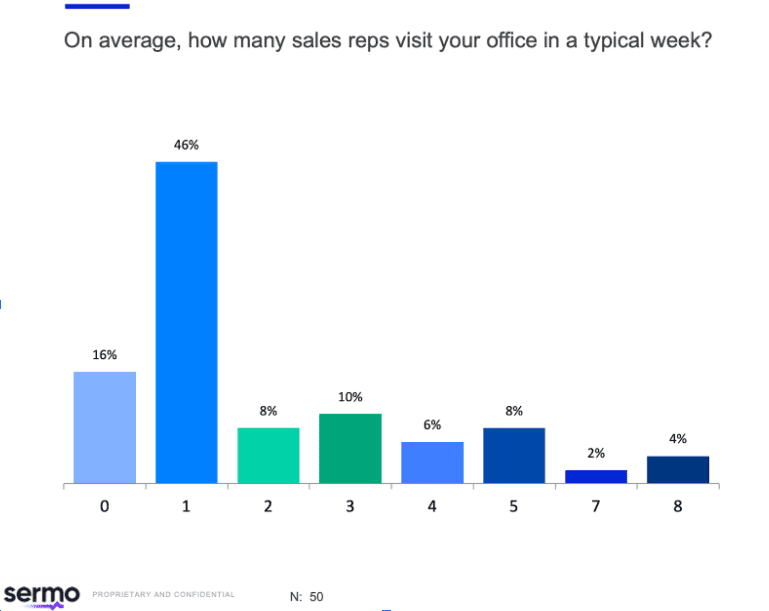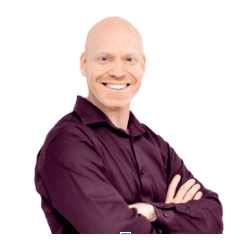
46% Oncologists surveyed reported that only 1 sales rep visits their office in a typical week. The same percentage of 46% reporting seeing 1-2 reps a week, so access is not an issue. 58% of Oncologists surveyed reported that they only had made between 0-5 requests to a rep to contact them. While it is unclear whether reps are contacting Oncologists as frequently as appropriate and desired, it is clear that most Oncologists are not asking very many reps to contact them given how many different therapeutics there are available to them. These data points taken collectively suggest that pharma is doing an equitable job in helping Oncologists getting their information in the various ways they seek it out.
Oncologists prefer communicating with reps using email or phone calls about once a month. They are least likely to converse using text or Interactions are less likely through a video call or text. When meeting through a video conferencing app, Zoom and Microsoft teams are used.
Pharma is adequately providing patient educational information whether that is directly provided by the rep or asked for by the HCP. 64% of Oncologists also had a favorable view of a pharma reps’ ability to provide relevant patient education materials and 64% reported favorably in the ability to ask for these materials from pharma companies.




